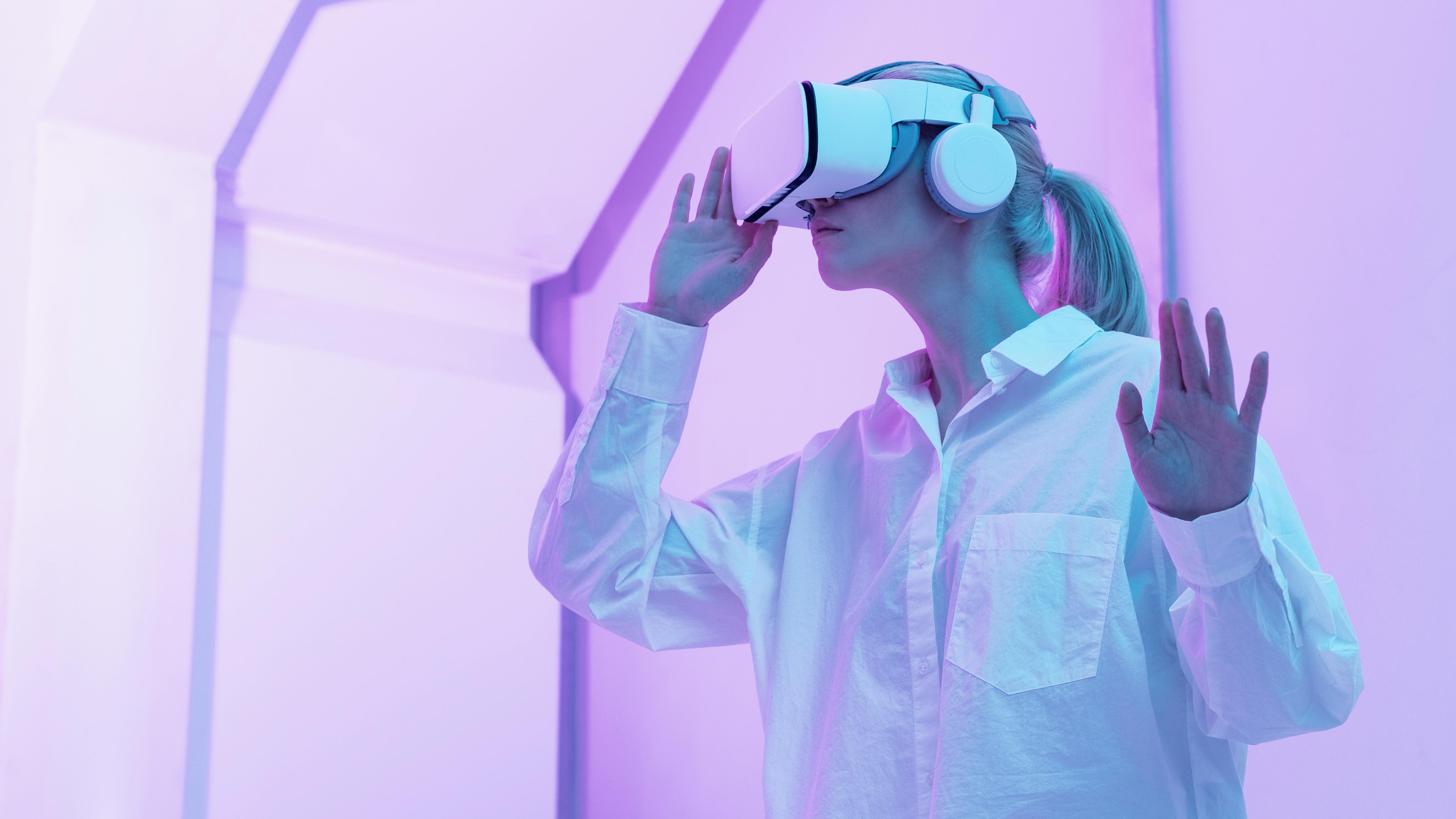
Virtual Reality (VR) offers immersive experiences that can transport us to other worlds, but for some, it can also bring about motion sickness. Fortunately, there are strategies to minimize VR sickness and ensure a comfortable and enjoyable virtual journey. In this blog post, we’ll explore valuable tips to help you or your users avoid VR-induced discomfort.
1. Prioritize Frame Rate
Smooth performance is essential in VR to prevent motion sickness. Aim for a minimum frame rate of 90 frames per second (fps). Lower frame rates can result in choppy visuals that may trigger nausea and discomfort.
2. Give Control to the Viewer
Allow users to control the camera view. This puts them in charge of their VR experience, reducing the chances of motion sickness. Forced camera movements that users cannot control can be disorienting.
3. Leave Field of View (FOV) Alone
Resist the temptation to manipulate the FOV excessively. Abrupt FOV changes or restricted FOV can induce discomfort. Let users maintain a natural field of view to reduce the risk of motion sickness.
4. Avoid Camera Effects
Refrain from using camera effects like Depth of Field, Motion Blur, and Eye Adaptation. These effects can disrupt the visual consistency in the virtual environment, potentially leading to discomfort.
5. Gradual Adaptation
For newcomers to VR, start with shorter sessions and gradually increase the duration. This allows users to acclimate to the immersive experience, reducing the likelihood of motion sickness.
6. Adjust Brightness and Lighting
Lower the brightness and opt for cooler shades of light in your VR environment. Harsh lighting can strain the eyes and contribute to discomfort. A comfortable lighting setup can make a significant difference.
7. Maintain a Stable Environment
To minimize the risk of VR sickness, create a stable virtual environment with flat ground. Sudden changes in terrain or unexpected movements can trigger discomfort. If necessary, use lifts or elevators for elevation changes.
8. Offer Multiple Locomotion Options
Different users have different preferences when it comes to locomotion in VR. Provide a variety of choices, such as teleportation, controller-based movement, minimal physical movement, or stationary experiences. This flexibility allows users to select the mode that suits them best.
VR is an incredible technology that can provide captivating and immersive experiences, but ensuring a comfortable and nausea-free experience for users is crucial. By following these tips, developers and VR enthusiasts can create and enjoy VR content without the unwanted side effects of motion sickness. As VR continues to evolve, these best practices will remain valuable in delivering enjoyable and nausea-free virtual adventures.